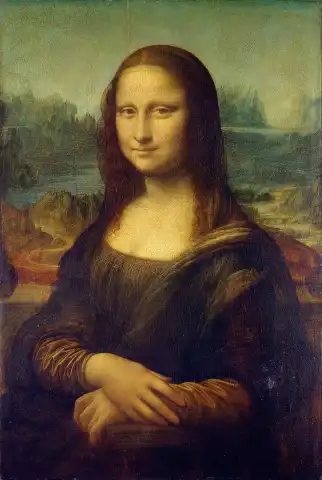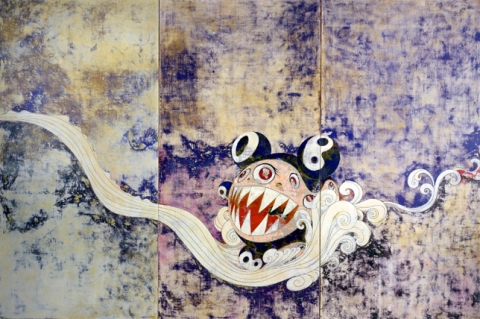Hand-painted painting reproductions - Movements - Superflat
Imagine owning a museum-worthy piece of art, created by the greatest artists in history and reproduced by passionate and experienced painters. At POD, we offer you the opportunity to make that dream a reality. We reproduce the works of art of your favorite painters from the Superflat art movement in the smallest details, so that you can enjoy them in your own home.
Our reproductions are made by experienced artists who use the best materials and techniques. We are committed to providing you with works of art of the highest quality, which will bring joy and inspiration to your family for generations to come.
Superflat is an art movement founded by the Japanese artist Takashi Murakami in the late 1990s. It is characterized by its distinctive aesthetic that merges traditional Japanese art forms with contemporary pop culture, particularly anime and manga. The term "Superflat" refers to both the visual style and the underlying cultural critique embedded in the movement.
Visually, Superflat is defined by its emphasis on two-dimensional, flat imagery with bold, vibrant colors and meticulous detail. This aesthetic draws inspiration from traditional Japanese woodblock prints (ukiyo-e), where figures and scenes are depicted in a flattened, linear perspective, devoid of the depth and realism common in Western art. Murakami reinterprets this traditional style by incorporating elements from modern Japanese pop culture, such as the exaggerated, kawaii (cute) characters often seen in anime and manga. His works are filled with playful, sometimes surreal imagery that is at once accessible and complex.
Beyond its visual appeal, Superflat also serves as a commentary on post-war Japanese society and the commercialization of culture. Murakami critiques the blurring of boundaries between high and low art, reflecting how consumer culture has permeated every aspect of life. In this way, Superflat is as much about the content as it is about the form. It explores themes of consumerism, cultural commodification, and the loss of depth in contemporary society, where everything from art to identity is flattened into a consumable surface.
Superflat has had a profound impact on contemporary art, influencing a wide range of artists and resonating with audiences globally. By merging the traditional with the modern, and the high with the low, Takashi Murakami's Superflat movement has created a new visual language that challenges our perceptions of art and culture.





